Hibernate your tortoise safely
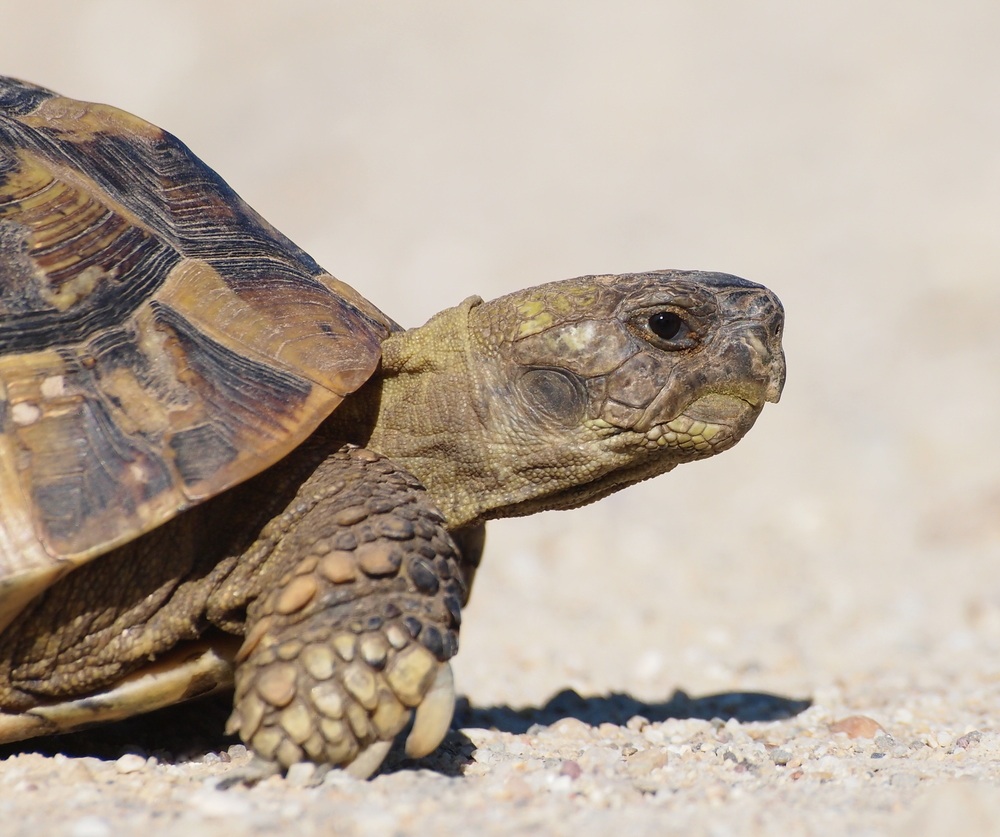
There are few areas of reptile-keeping more obscured by misinformation than the hibernation of tortoises. In the first place, only certain species - the Mediterranean spur-thighed (Testudo graeca), Hermann's tortoise (T. hermanni) (above), the marginated (T. marginata) and Horsfield's (also known as the Russian) (T. (Agrionemys) horsfieldi) - should be hibernated.
Tortoise biology and hibernation
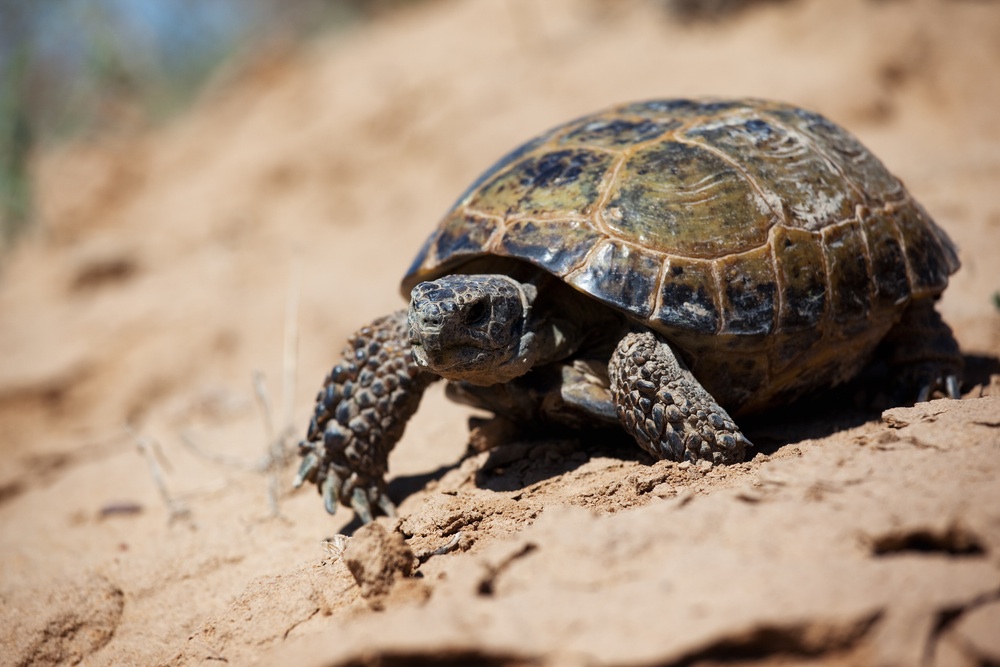
Horsfield's tortoise (shown above) is the world's most northerly species, being found at latitudes of up to 52° and may actually spend more of the year in burrows than roaming above ground. Studies on populations of this species in Kazakhstan have shown that they may only be active for as little as three months of the year, from the end of March to the middle of June, when food is available.
Tortoises have developed the ability to hibernate in order to survive, when faced with a shortage of food or water. This can be seen in Morocco, where Mediterranean species may hibernate as early as August because of a lack of food - well before their relatives being kept in northern parts of Europe, where the weather is much colder!
Interestingly, the Mediterranean tortoises are only found naturally in areas of limestone, even though the temperature and other conditions may appear favourable for them in other parts of this region, such as Portugal. This type of soil is not prone to flooding in the winter though. It also provides a good thermal gradient, so that although the surface temperature may fall to freezing, the area below is likely to remain significantly warmer.
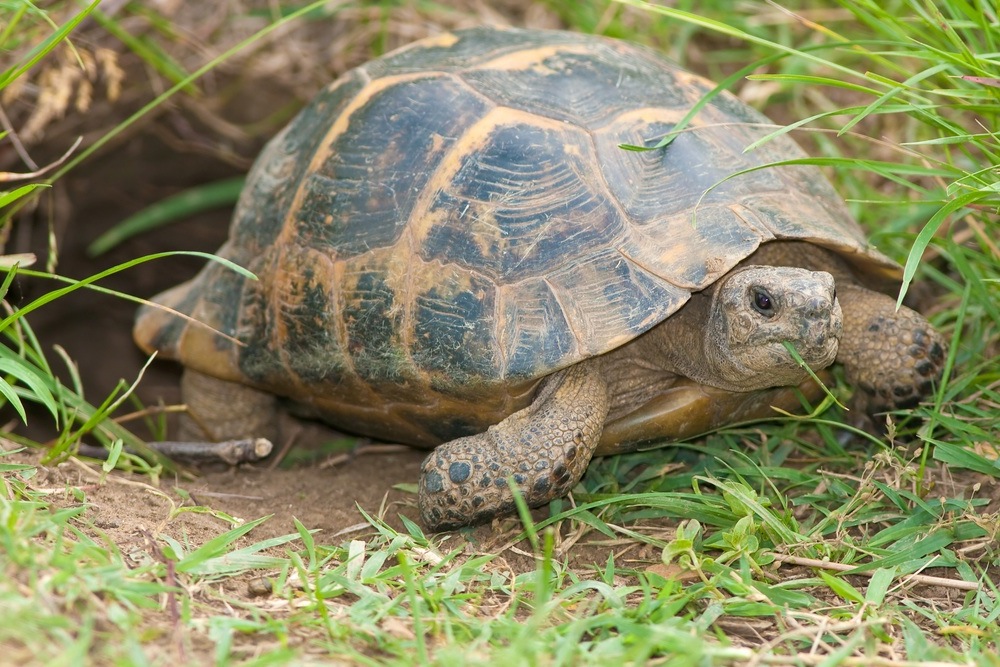
Having buried itself, the tortoise is able to adjust its position in the ground as necessary, depending on the weather, by digging while apparently still asleep. The slumbering reptile can then regulate its temperature within the desired range of 4-6°C (39-43°F) through this period. Pet tortoises should never be left to hibernate outdoors over the winter though, because even if they can survive the climate, they will be at risk from potential predators such as foxes.
Health assessments
The late Dr. Oliphant Jackson, a veterinarian with a keen interest in tortoises, carried out research to develop a weight:length ratio, which gives guidance as to whether Hermann's and Mediterranean spur-thighed tortoises can be hibernated safely. This is available on the Tortoise Trust's site here but do not rely on this method for other species. You need to refer to the McIntyre ratio for Horsfield's tortoises.
Start by measuring the length of the shell in a straight line over the centre of the tortoise's back, and then weigh your pet, with a stout plastic carrier bag and a spring balance being useful for this purpose. Compare the two figures using the appropriate ratio chart, so you can work out whether your tortoise is of average weight or above, which means that it can be hibernated safely.
If you are in doubt, speak with a veterinarian who ideally specialises in reptiles. Should your tortoise have been poorly recently, then hibernation may not be advisable, even if the Jackson's ratio for example indicates this would be safe. Being kept at a low temperature significantly reduces the effectiveness of the tortoise's immune system, so that relatively minor health problems can then develop unchecked into potentially life-threatening ailments.
Preparing your pet for hibernation
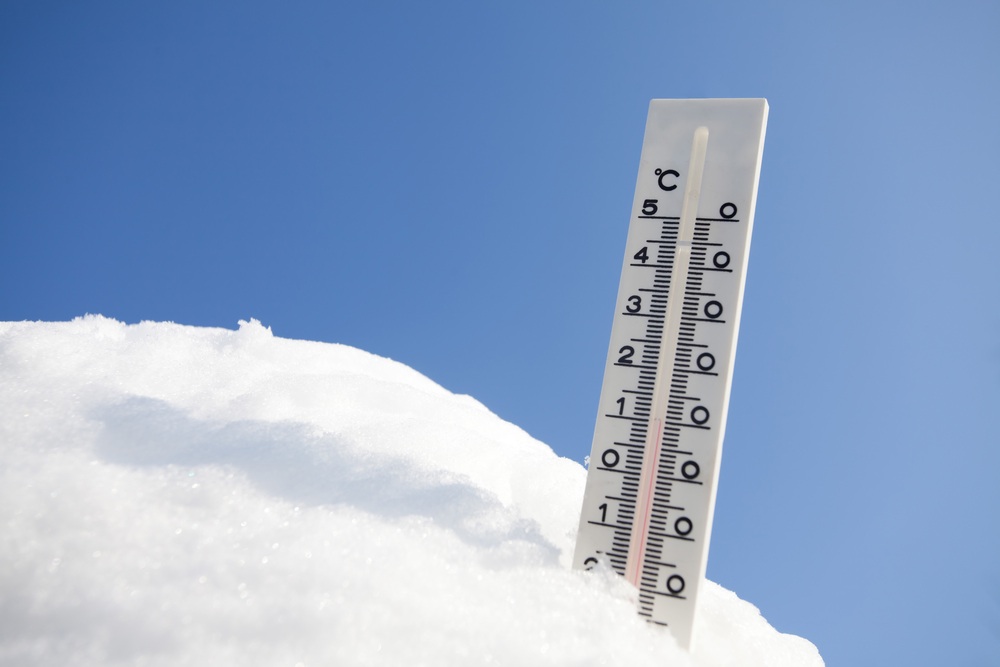
Allow the tortoise to empty its digestive tract for a couple of weeks before placing it in hibernation, and withhold food, but be sure to allow it to continue drinking, so as to minimise the effects of dehydration during hibernation. You need somewhere where you can hibernate your pet at a constant temperature of 5°C (41°F). An outdoor shed is traditionally used, but this is not ideal because the temperature can fluctuate quite widely, depending on whether or not the winter is mild. Rats could gain access too, and may attack your pet.
If you choose to use a shed, obtain a maximum-minimum thermometer with an alarm which has a wireless link (as sold in garden centres), so you can be alerted indoors if the temperature plummets. The box used to hibernate your tortoise must be tall enough to prevent the reptile from clambering out, and also relatively thick, if it is made of cardboard. Put some ventilation holes around the top, as a starting point.
Do not line the interior with hay, which contains dangerous fungal spores, while straw can injure a tortoise's eyes. The best option is clean plain paper, which can be cut in broad strips. Create a bed of paper strips for the tortoise and then add more on top of the reptile once it is in the box, so as to cover it. Fold over the flaps of the box, and rest it on hardboard placed on a thin layer of polystyrene, away from draughts and the door.
The polystyrene will help to insulate the box from the shed floor. If you have more than one tortoise, hibernate them separately, as this should then reduce the risk of them falling over each other, if they do not settle down immediately.
Technology provides a safer option

As an alternative to hibernating your tortoise in a shed, a much safer option is provided by the Lucky Reptile Herp Nursery II Incubator . This has been specifically designed in such a way as to be suitable for hibernation purposes too. It enables you to maintain the temperature at the required level of 5°C (41°F) very easily, and can be kept indoors. Be sure that it is not located in front of a window though, but in a shaded, cool area of the home, and that it will not be too small for your tortoise.
However you decide to hibernate your pet though, check the tortoise every week while it is hibernating, noting its weight in a diary. It should lose no more than 1% of its weight per month during hibernation - if this figure rises, then you will need to take your pet out of hibernation and keep it awake indoors for the rest of the winter. Most Hermann's tortoises will hibernate for 2.5-3 months, but particularly if the winter has been mild, it may wake up early. Do not allow a tortoise to go back to sleep under these circumstances. You can find details of how to look after your pet once it awakes from hibernation here.
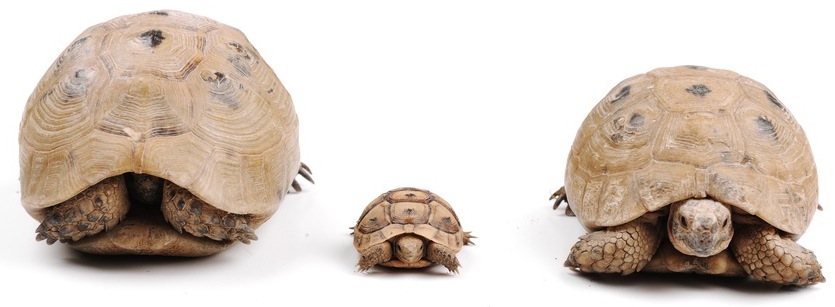
It is also important to appreciate, however, that it is not essential for tortoises to hibernate, as reflected by the many individuals, especially hatchlings, which remain healthy and active over the winter indoors, in housing equipped with special ultra-violet (UV) lighting. It is possible to hibernate young tortoises safely, but only for a relatively short period of time when compared with adults - typically for no longer than a month or so, with their weight and well-being again being checked regularly through this period.